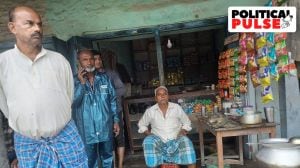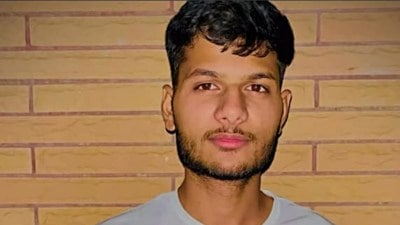Stay updated with the latest - Click here to follow us on Instagram
Centre directs telecom firms to fix connectivity issues in hospitals
The Department of Telecommunications, Ministry of Communications and IT, has directed telecom service providers to take appropriate steps and corrective action to resolve the issue of poor connectivity at hospitals.
The Department of Telecommunications, Ministry of Communications and IT, has directed telecom service providers to take appropriate steps and corrective action to resolve the issue of poor connectivity at hospitals, particularly in Delhi, and subsequent communication difficulties faced by patients and visitors.
[related-post]
This after the Prime Minister’s Office (PMO) wrote to the DoT secretary that “it has been brought to the notice of this office that the patients and other visitors to the hospitals, particularly in Delhi, are finding it difficult to communicate through mobiles due to poor connectivity,” and asked the department to take appropriate measures and send a report to PMO.
Subsequently, in its letter to telecom service providers, the DoT said, “As the hospital premises are generally large and the building structures are complex, indoor coverage issues in hospitals are inevitable. Therefore, the focus of telecom service providers should be to provide wider indoor coverage using innovative methods and new technologies. Besides, telecom service providers should endeavour to provide sufficient number of base transceiver station (BTS) near hospital buildings. Further, it may be endeavoured by all service providers that existing infrastructure, BTS towers, in-building solutions (IBSs) may be readily shared with each other to provide coverage to customers of other telecom service providers. The telecom service providers should ensure uninterrupted functioning of the existing BTSs inside, near hospital premises.”
The DoT has also send letters to the Telecom Regulatory Authority of India (TRAI), the New Delhi Municipal Corporation (NDMC), the Department of Health & Family Welfare, and the Government of NCT of Delhi, to ensure that connectivity improves in the concerned areas.
In March 2014, the Maharashtra state government cleared its cellphone tower policy, which banned the installation of base station antennas within schools, colleges and hospitals as well as on adjoining land building, within three metres from the boundary of premises of schools, colleges and hospitals.
However, the Bombay High Court in August 2014 directed that the Maharashtra government cannot take coercive action against cellphone tower operators in the state. The judges were of the prima facie view that the guidelines issued by DoT on August 1, 2013, were binding on the state government.
In its recent letter, DoT said that after it was brought to its notice that people in hospitals, particularly in Delhi, were finding it difficult to communicate through mobile phones due to poor connectivity, after examining the matter it was observed that some hospitals are well covered and some, mainly government hospitals, are not well covered.
“Outdoor coverage is generally good, but indoor coverage is not that good at most of the hospitals. In order to provide coverage to all persons visiting a hospital, availability of adequate coverage (indoor as well as outdoor) in the hospital premises, from all the telecom service providers is essential,” it added.







